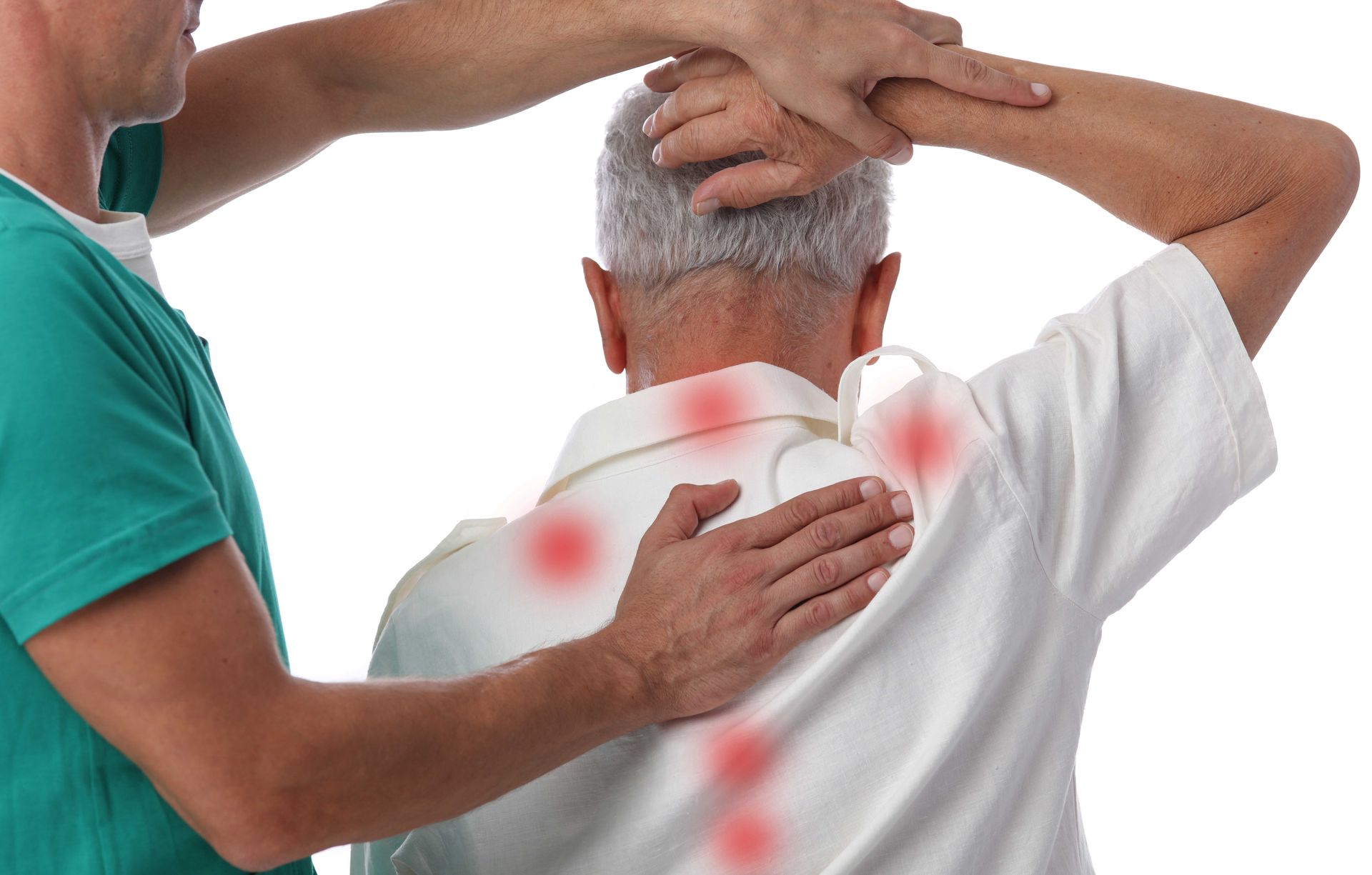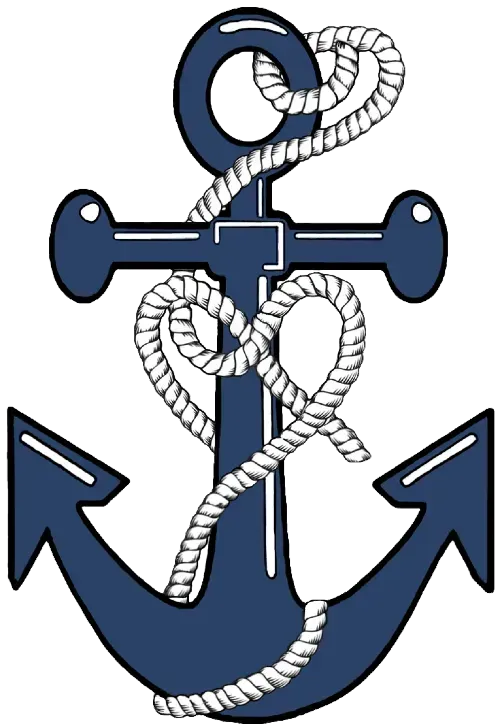Trigger Point Therapy at Anchor Physical Therapy, Pittsburgh, PA
At Anchor Physical Therapy, we understand that chronic pain and muscle tension can greatly impact your daily life. That's why we offer Trigger Point Therapy as a specialized service to help you find relief and regain your freedom from discomfort in Pittsburgh, PA.

What Are Trigger Points?
Trigger points, also known as muscle knots, are tight bands of muscle fibers that can develop due to various factors, including stress, injury, overuse, or poor posture. These hyperirritable spots within the muscle tissue can cause localized pain and even refer pain to other areas of the body.
What Is Trigger Point Therapy?
Trigger Point Therapy is a highly effective manual therapy technique designed to alleviate pain and discomfort associated with trigger points. Our certified therapists at Anchor Physical Therapy are trained in identifying these knots and using precise techniques to release them.
Benefits of Trigger Point Therapy:
- Pain Relief: Trigger Point Therapy is renowned for its ability to provide rapid pain relief by releasing tight muscle fibers.
- Improved Range of Motion: By addressing muscle knots, this therapy can enhance your flexibility and range of motion.
- Reduced Muscle Tension: Say goodbye to muscle stiffness and tension that limit your mobility and cause discomfort.
- Enhanced Blood Circulation: Trigger Point Therapy can improve blood flow to the treated area, promoting healing and recovery.
- Stress Reduction: Many clients find Trigger Point Therapy sessions to be relaxing and stress-relieving.
- Complementary Treatment: It can be used alongside other therapies and treatments for more comprehensive pain management.
Our Approach to Trigger Point Therapy:
At Anchor Physical Therapy, we take a patient-centered approach to Trigger Point Therapy, recognizing that each individual's experience with pain is unique. Here's what you can expect from our therapy sessions:
- Assessment: We start by conducting a thorough assessment to identify the trigger points and understand your pain patterns.
- Targeted Treatment: Our therapists use precise manual techniques to apply pressure to the trigger points, releasing tension and promoting relaxation.
- Customized Care: Your Trigger Point Therapy sessions are tailored to your specific needs and goals.
- Education: We provide you with information on self-care and exercises to help manage and prevent future trigger points.
Is Trigger Point Therapy Right for You?
If you're dealing with chronic pain, muscle tension, or discomfort, Trigger Point Therapy may be an excellent choice for you. Our experienced therapists will assess your condition and recommend the most suitable treatment plan to address your unique needs.
At Anchor Physical Therapy, we are dedicated to helping you break free from the constraints of muscle knots and pain.
To schedule an appointment for Trigger Point Therapy in Pittsburgh, PA, please contact us at 412-421-2222. Let us be your anchor to a pain-free and active life







